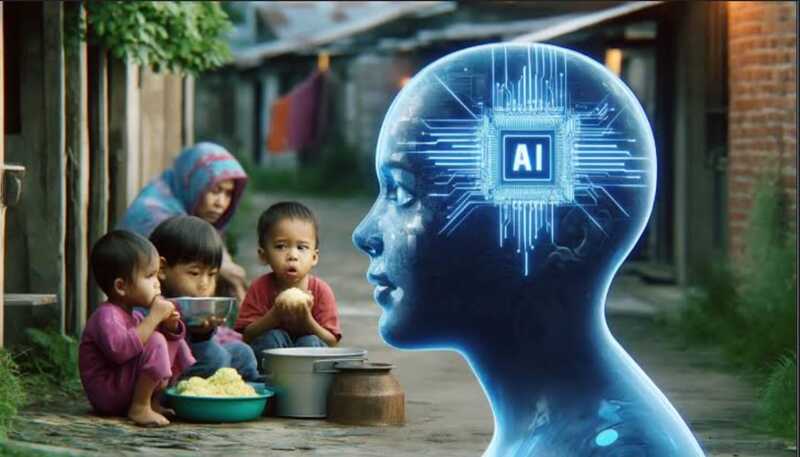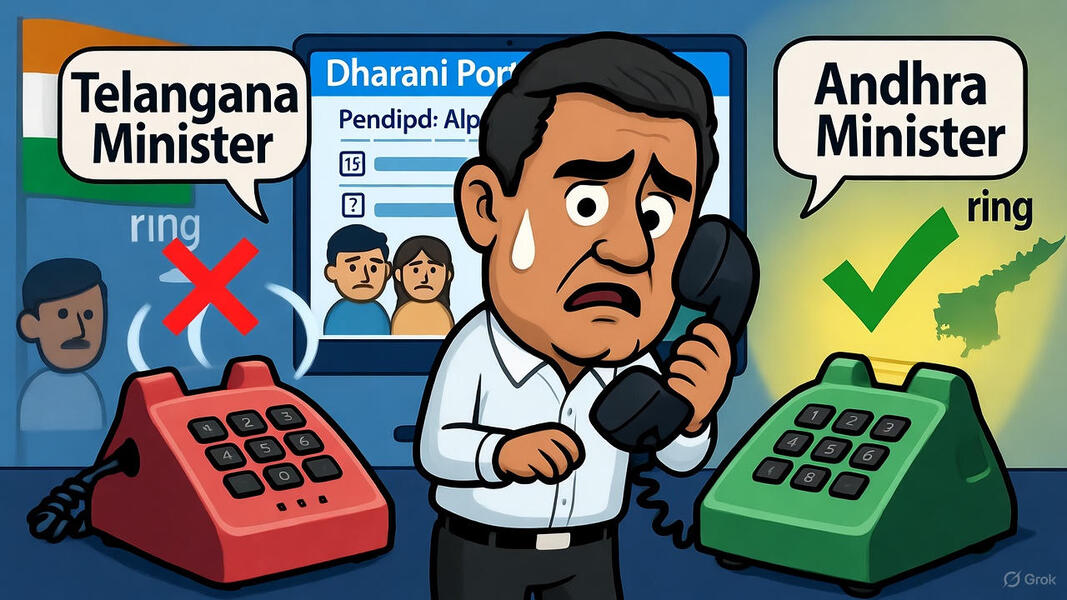– For whom is modern technology, really?
– 30 crore people in India are still living in poverty
– High-tech innovations, but empty stomachs remain
Article Today,Hyderabad:
We live in a time where science and technology are achieving wonders. Artificial Intelligence (AI) is changing how we live. Space travel is becoming normal, journeys that took hours now take minutes. Fields like healthcare, transport, and communication have progressed rapidly. But despite these mind-blowing advancements, millions of people in India still sleep hungry. The painful truth is that 90% of these people belong to SC, ST, and OBC communities. Technologies like AI have not been able to improve the lives of these large populations. In times when even basic jobs are vanishing, what is the true value of science?
Science is growing, but…
Science is meant to make human life better. But why is this better life not reaching the majority? As per 2023 reports, 22% of India’s population — about 30 crore people — are extremely poor. And 90% of these poor belong to SC, ST, and OBC communities. India ranked 105th in the 2024 Global Hunger Index, showing how serious the hunger problem is. About 35% of Indian children suffer from malnutrition, mostly from Bahujan (SC, ST, OBC) families. While rich people enjoy luxuries powered by AI and automation, poor people struggle for even one meal a day.
Unemployment is rising…
According to the International Labour Organization (ILO) 2024 report, India’s overall unemployment rate is 4.7%.
But among youth (15-29 years), it’s over 17%. Most of these unemployed youngsters come from SC, ST, and OBC backgrounds. Jobs in retail, manufacturing, and call centers — sectors that Bahujan people heavily depend on — are disappearing because of automation. Where 10 people were once needed, now a single machine or AI software is doing the job. Though this increases productivity, it’s harming the livelihood of countless workers.



